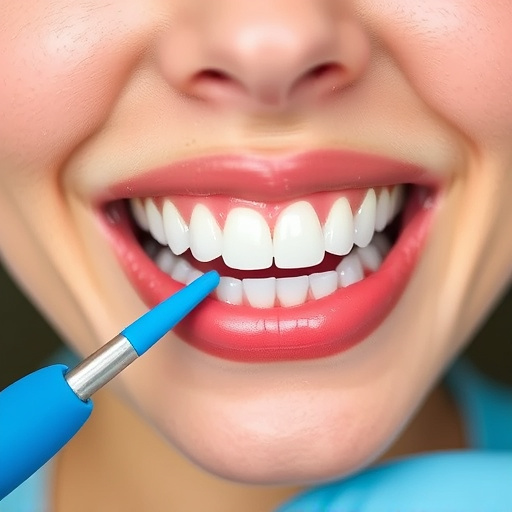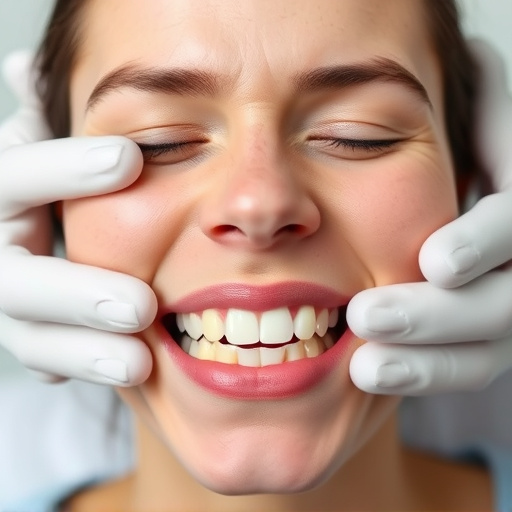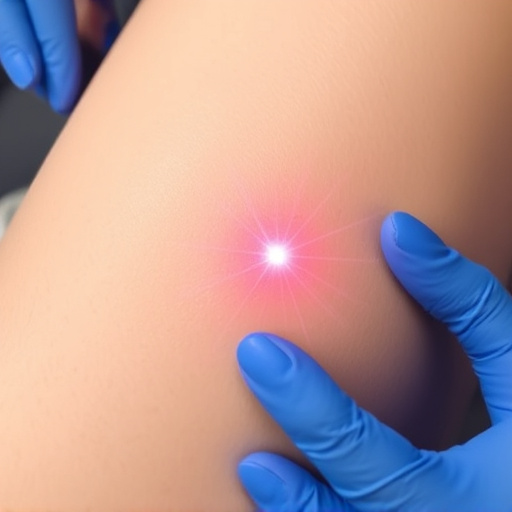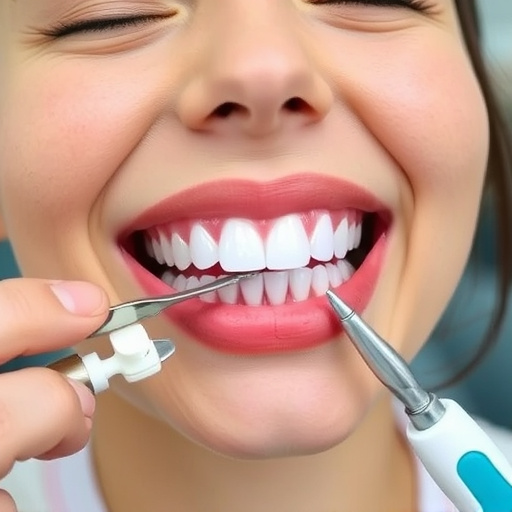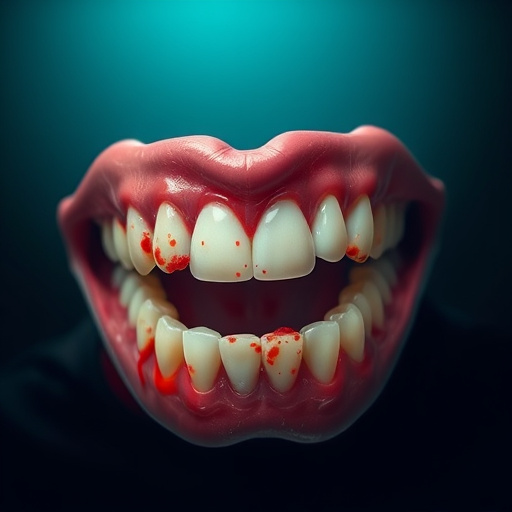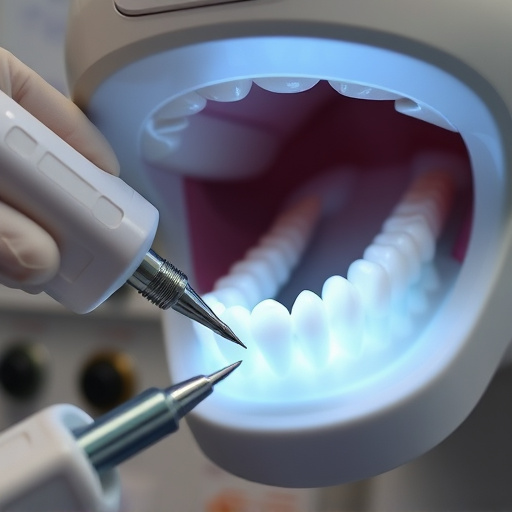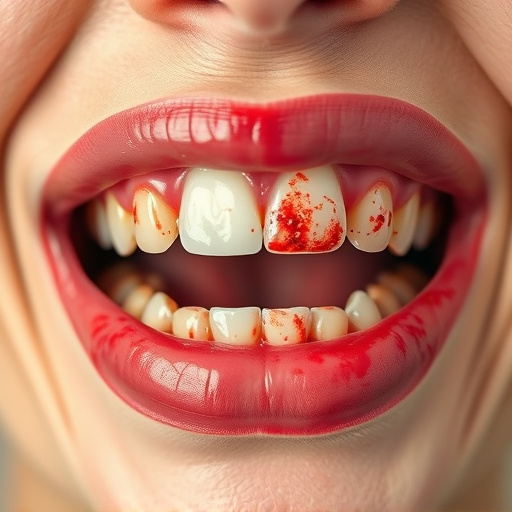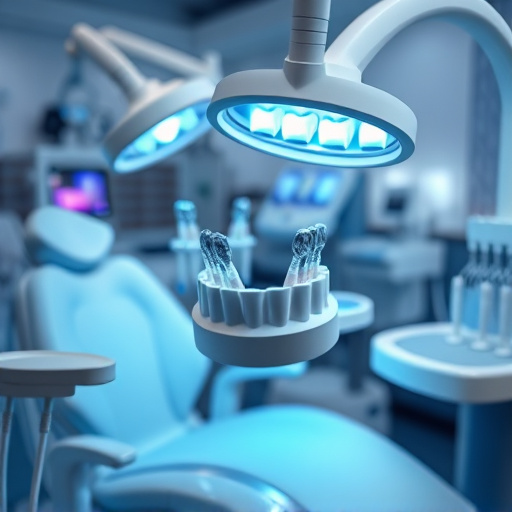Teeth grinding (bruxism) is a common condition caused by stress, misaligned teeth, or medical issues like sleep apnea, leading to dental problems and discomfort. Treatment involves addressing root causes—such as dental adjustments, stress management, or medical interventions—to prevent further damage. Non-invasive options like bite adjustment techniques, occlusal splints, and mouthguards can manage symptoms, while severe cases may require cosmetic fillings or dental implants for long-term relief and optimal oral health.
Teeth grinding, or bruxism, is a common condition affecting millions. It’s not just about sleepless nights; it can lead to serious dental issues over time. This article explores teeth grinding treatment options with a focus on bite adjustment techniques, offering both non-invasive approaches and long-term solutions. Understanding the causes of bruxism is key to effective management, empowering you to take control of your oral health.
- Understanding Teeth Grinding and Its Causes
- Bite Adjustment Techniques for Effective Treatment
- Non-Invasive Options and Long-Term Solutions
Understanding Teeth Grinding and Its Causes
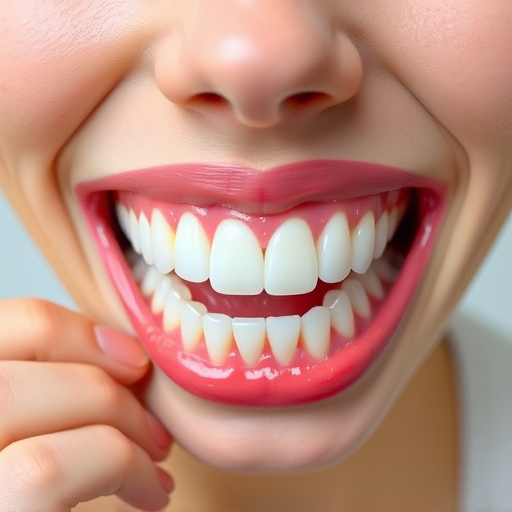
Teeth grinding, also known as bruxism, is a common condition that can lead to significant dental issues if left untreated. It’s characterized by the clenching or grinding of teeth, often during sleep but sometimes throughout the day. While it might seem like a harmless habit, chronic teeth grinding can result in damaged teeth, jaw pain, headaches, and even ear discomfort.
The causes of teeth grinding are multifaceted. Stress and anxiety are primary contributors, as individuals often unconsciously clench their jaws when faced with stressful situations. Misaligned or poorly fitted dental structures, such as crooked teeth or ill-fitting dentures, can also trigger bruxism. Additionally, certain medical conditions like sleep apnea or an improperly aligned jaw joint (temporomandibular joint disorder) may contribute to the development of this habit. Emergency dental care is often required for those who grind their teeth, addressing immediate issues like fractured or chipped teeth resulting from grinding pressures, and sometimes even leading to discussions around procedures like dental fillings or, in severe cases, tooth extractions.
Bite Adjustment Techniques for Effective Treatment

Bite adjustment techniques play a crucial role in effective teeth grinding treatment. Dentists often recommend adjusting the bite to correct misalignments that contribute to bruxism (teeth grinding). This can involve various methods, such as occlusal splints or mouthguards, which help relax the jaw muscles and protect the teeth from wear. One popular approach is the use of clear aligners, like those used in cosmetic dentistry, which gradually adjust the bite over time without compromising aesthetics.
For more severe cases, dental professionals might suggest more permanent solutions, such as cosmetic fillings or even dental implants, to restore proper tooth alignment and chewing function. These treatments not only alleviate the symptoms of teeth grinding but also improve overall oral health by preventing further damage to the enamel and supporting structures.
Non-Invasive Options and Long-Term Solutions
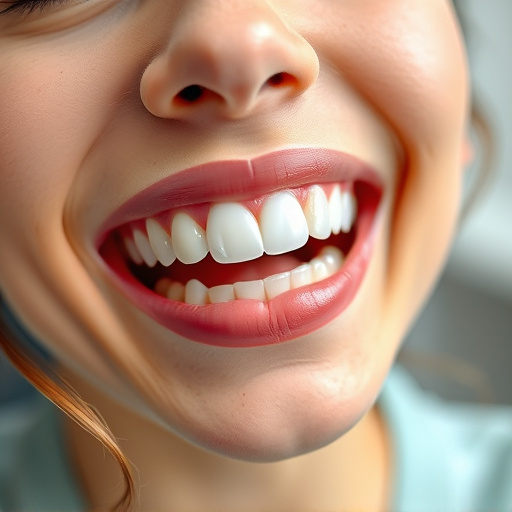
Many individuals seeking teeth grinding treatment prefer non-invasive options that offer long-lasting solutions without extensive procedures. One such approach is bite adjustment, which focuses on realigning the upper and lower teeth to reduce or eliminate the grinding pressure. This method can be highly effective in managing bruxism (teeth grinding) and offers a range of benefits. By adjusting the bite, dental professionals can alleviate tension in the jaw muscles and surrounding areas, potentially reducing headaches and facial pain associated with chronic teeth grinding.
Long-term solutions for teeth grinding treatment often involve a combination of comprehensive dental care and lifestyle changes. Regular dental check-ups and thorough teeth cleaning play a vital role in maintaining oral health and addressing any contributing factors to teeth grinding. In some cases, dental fillings may be recommended to restore damaged teeth, providing additional support and reducing the urge to grind due to discomfort or misalignment. Comprehensive dental care ensures that any underlying issues are identified and treated promptly, promoting long-term relief from teeth grinding.
Teeth grinding, or bruxism, can significantly impact oral health. Fortunately, with a comprehensive understanding of its causes and various bite adjustment techniques, effective treatments are available. Non-invasive options and long-term solutions, such as occlusal splints and bite adjustments, offer relief from discomfort and help prevent further damage. By choosing the right treatment approach, individuals can finally say goodbye to nightly teeth grinding and hello to a healthier, more restful sleep.





